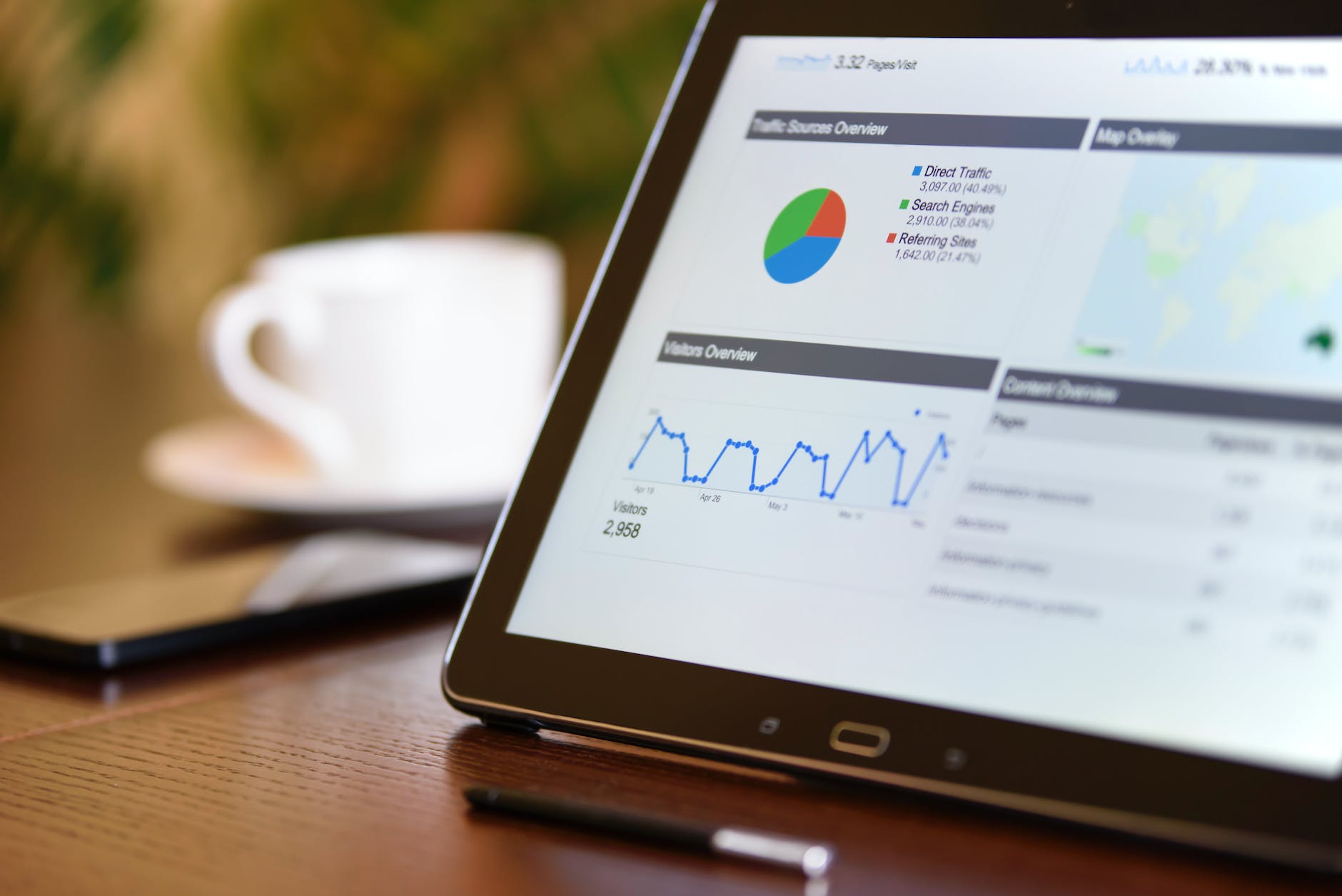Data visualization plays a crucial role in effectively communicating complex data to a wide range of audiences. By transforming raw data into visual representations, it enables you to uncover patterns, trends, and insights that may otherwise go unnoticed.
Whether you are a data analyst, researcher, or business professional, understanding the importance of data visualization and knowing how to choose the right visualization techniques can greatly enhance your ability to convey information clearly and engage your audience.

Understanding the Importance of Data Visualization
Data visualization serves as a powerful tool in decision-making processes across industries. It aids in understanding the underlying patterns and relationships within the data, allowing stakeholders to make informed choices. Data visualization allows decision-makers to grasp complex concepts quickly, identify trends, and glean valuable insights, leading to more effective problem-solving and strategy development.
The Role of Data Visualization in Decision Making
When faced with a vast amount of information, decision-makers often struggle to identify key insights and make sound judgments. Data visualization simplifies complex data sets and presents them in a visually appealing manner. By using charts, graphs, and other visual elements, decision-makers can quickly analyze trends, patterns, and outliers, leading to more informed and confident decisions.
Furthermore, data visualization allows decision-makers to explore different scenarios and evaluate the potential outcomes of their choices. By visualizing data in real-time or through interactive dashboards, they can gain a deeper understanding of the impact of various factors on their decision-making process. This empowers decision-makers to make data-driven choices that are more likely to yield positive results.
In addition, data visualization can facilitate collaboration and communication among stakeholders. By presenting data in a visual format, decision-makers can share information more effectively, ensuring that everyone involved has a clear understanding of the data and its implications. This promotes transparency, alignment, and consensus-building, ultimately leading to better decision-making outcomes.
Here are a few steps to help you choose the perfect data visualization for your data and audience.

Identifying Your Data Type
Not all data is created equal, and different types of data require different visualization techniques. Before choosing a data visualization method, it is crucial to identify the type of data you are working with.
Categorical Data and Suitable Visualizations
Categorical data consists of different discrete categories or groups, such as product categories, customer segments, or survey responses. To visualize categorical data effectively, bar charts, pie charts, and stacked charts provide clear representations of the distribution and relative proportions of each category.
Numerical Data and Appropriate Visualizations
Numerical data, on the other hand, consists of continuous values. Line charts, scatter plots, and histograms are commonly used to visualize numerical data. Each visualization method offers insights into trends, patterns, correlations, and distributions within numerical data sets.
Knowing Your Audience
Understanding your audience’s background, expertise, and preferences is crucial in choosing the right data visualization approach. Tailoring your visualizations to meet the needs and expectations of your audience will result in more effective communication and engagement.
Tailoring Visualizations for Technical Audiences
For professionals with a deep understanding of data analysis techniques and tools, such as data scientists and analysts, more complex and detailed data visualizations may be appropriate. Visualizations that include advanced statistical techniques, interactive features, and detailed annotations can help technical audiences gain a deeper understanding of the data.
Simplifying Visualizations for Non-Technical Audiences
When presenting data to non-technical stakeholders, simplicity and clarity are key. Data visualizations should be easy to understand and interpret, avoiding technical jargon and unnecessary complexity. Presenting data in a visually appealing and intuitive manner, using simple charts, graphs, and infographics, allows non-technical audiences to grasp the main insights and make informed decisions based on the data.

Exploring Different Data Visualization Tools
There is a wide range of data visualization software tools available, each offering various features, capabilities, and user interfaces. Familiarizing yourself with different tools and their strengths will help you choose the right visualization software for your specific needs.
Overview of Popular Data Visualization Software
Well-known data visualization tools, such as Tableau, Microsoft Power BI, and Google Data Studio, offer user-friendly interfaces, a wide range of visualization options, and powerful data analysis capabilities. Exploring the features and functionalities of these tools will enable you to leverage their strengths to create compelling visualizations.
Selecting the Right Tool for Your Needs
When choosing a data visualization tool, consider factors such as your level of expertise, specific requirements, and budget. Some tools are more user-friendly and suitable for beginners, while others offer advanced functionalities for experienced data professionals. Assess your needs and preferences to select the tool that aligns best with your goals.
Best Practices in Data Visualization
Creating effective data visualizations involves more than just selecting the right tool and visualization technique. Adhering to best practices ensures that your visualizations are clear, accurate, and engaging.
Ensuring Clarity and Accuracy in Visualizations
Clarity is of utmost importance when creating data visualizations. Choose appropriate labels, titles, and data scales to clearly convey information to your audience. Additionally, ensure that your visualizations are accurate and that you present data truthfully and transparently.
Balancing Aesthetics and Functionality in Visualizations
While aesthetics play a role in capturing the audience’s attention, it is essential to strike a balance between visual appeal and functionality. Avoid using excessive decorative elements that distract from the data itself and focus on emphasizing the most critical insights within your visualizations.
Conclusion
Choosing the perfect data visualization for your data and audience requires understanding the importance of data visualization, identifying your data type, and considering your audience’s needs. Exploring different visualization tools and following best practices will help you create compelling and impactful visualizations that effectively communicate insights and drive informed decision-making. By harnessing the power of data visualization, you can transform complex data into clear and engaging visuals, unlocking the full potential of your data.
TRUECHART fundamentally changes data visualization and collaboration – powered by standardized IBCS® templates. It provides the speed and scale needed to tackle petabytes of business intelligence in interactive speed to make data management and complex reporting much easier, simpler, and faster. Book your TRUECHART demo today.
Stay up-to-date with TRUECHART. Follow us on LinkedIn.
